NYC’s Forgotten ‘War on Christmas Trees’
Discover how an obscure holiday crackdown affects festive street vendors today!


When people think of New York City colleges, chances are Columbia University or New York University are among the first educational spaces to come to mind. New York City has dozens of colleges and universities across the five boroughs, but many of these institutions for higher learning can attribute their success to the models and innovations of now-defunct colleges and universities. Some closed just a few years ago, while others shuttered a century ago or longer, though all played a role in shaping the culture of neighborhoods and the opportunities for young New Yorkers. Here is Untapped New York’s guide to the lost colleges and universities (and art schools) of New York City, from Finch College to the National Shakespeare Conservatory.
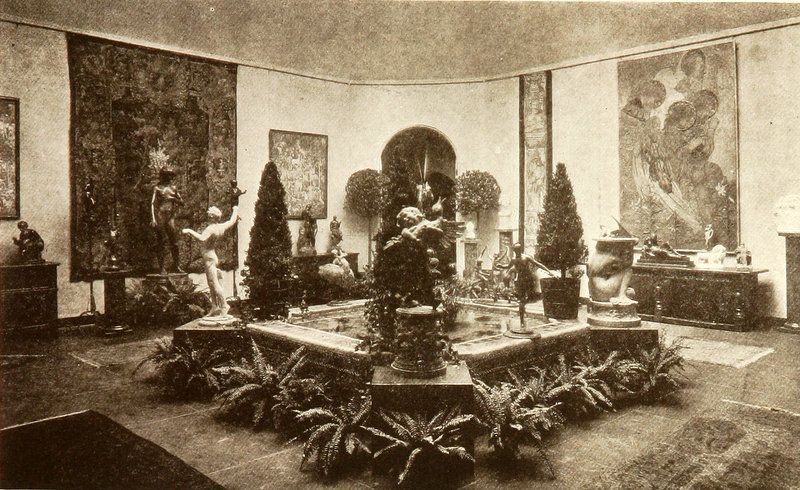
Though not a traditional college or university, the Grand Central School of Art was an art school at none other than Grand Central Terminal. The school, which established the Grand Central Art Galleries, was founded by John Singer Sargent, Edmund Greacen, and Walter Leighton Clark. Daniel Chester French, who designed the statue of Lincoln at the Lincoln Memorial, served as a co-director. The school was on the seventh floor of the terminal’s east wing, and at its peak, it was one of the largest art schools in the country, attracting about 900 students each year.
Perhaps the school’s most prominent instructor was Arshile Gorky, an Armenian-American painter who was one of the leaders of the Abstract Expressionism movement. The school, which had a summer session in Eastport, Maine, was open for over 20 years before closing in 1944. The Galleries, though, were active until 1994, moving to the Biltmore Hotel in 1958. Famous alumni of the school included American painter Norman Rockwell, abstract expressionist artist Willem de Kooning, and comic book illustrator Bob Kane.

Rutgers Female Institute was New York City’s first institution of higher education for women, opening in 1839 on Madison Street on the Lower East Side. The school offered a one-year course of study at the higher education level along with classes for younger students. The school was named for Henry Rutgers, a Revolutionary War hero who lived in what would become the college (he also names New Jersey’s Rutgers University). In 1860, the institute moved further uptown to 487-491 Fifth Avenue in a property built in 1856 as the “House of Mansions.” In 1867, what was then Rutgers Female Institute changed to Rutgers Female College, with a selection of four-year bachelor of arts degrees.
Around the time of its name change, the college decided to build a larger campus near Columbia University, as designed by the esteemed duo Olmsted & Vaux. The college opened a Harlem branch in 1869, which shut down just three years later, though the larger campus was never completed due to financial issues and poor oversight. The school endured additional financial scandals in the 1890s, shortly after women’s schools like Barnard College and Normal College (now Hunter College) opened. In its final move, the college relocated to 54-58 West 55th Street in 1882, but it closed by 1895. All of the original buildings are gone and have been replaced by public housing or commercial properties.
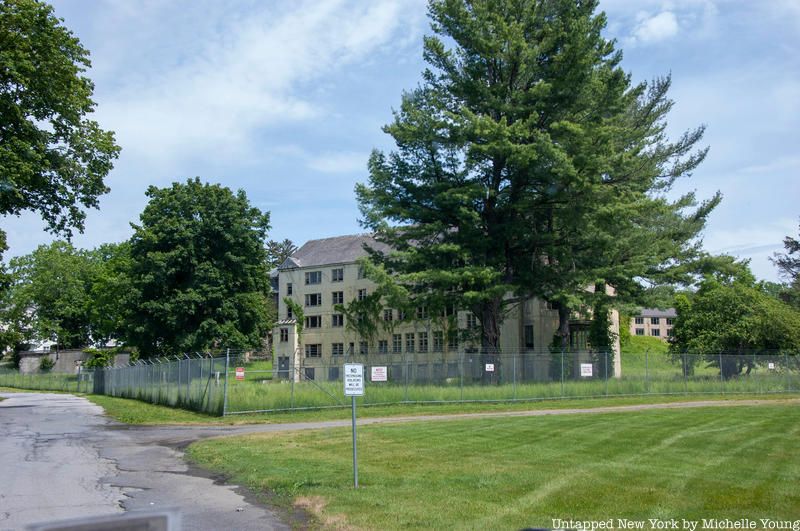
Bennett College was a women’s college in Millbrook, a small town in Dutchess County. The college opened in 1890 in Irvington, Westchester as the Bennett School for Girls, a high school with two extra years. The school moved to Millbrook in 1907, taking over Halcyon Hall, which was built in the Queen Anne style as a luxury hotel. By the time the school relocated, there were 120 students. Shortly after the move, it was converted into a junior college with a two-year curriculum with majors ranging from fashion and interior design to child development to equine studies. The school even had a full-time teaching nursery school as well as a riding stable.
In addition to Halcyon Hall, the college included the Kettering Science Center, an outdoor theater, a chapel, and dormitories. Alumni included artist Ray Eames, socialite Betsy Bloomingdale, and actress Mildred Natwick. With the growth of the education movement, the school struggled to survive, and it became co-ed in the early 1970s. The college attempted to merge with Briarcliff College nearby, though the merge failed and Bennett College shut its doors in 1978. Halcyon Hall, which remained abandoned for decades, was demolished in 2022.

Finch College was a private women’s college in Manhattan that began as a secondary school in 1900 before becoming a liberal arts college in 1952. Jessica Finch, a women’s rights activist who founded the Lennox School on the Upper East Side, founded Finch College. The Barnard College graduate started the school to focus on vocational, hands-on learning. Faculty included Columbia University professors, politicians, local actors and artists, and fashion designers. The college had some famous alumni, including actress Arlene Francis, Patsy Pulitzer (whose grandfather was Joseph Pulitzer), and Italian actress Isabella Rossellini.
Finch College was located on the Upper East Side and was known for the geographic diversity of its students. The college launched the Finch Intercontinental Study Plan in 1960, a notable study abroad program at the time. The Finch College Museum of Art opened in 1959, though just a decade later, the college struggled financially during the coeducation movement of the 1960s and the Vietnam War. The school ultimately shuttered in 1976 after failing to get federal funding to subsidize tuition.
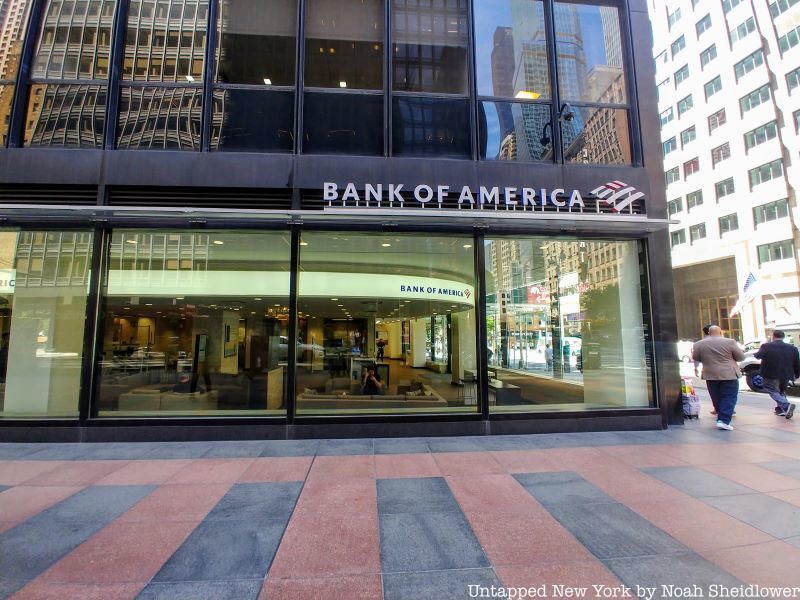
Traphagen School of Fashion was a prominent art and design school just south of Central Park. Educating over 28,000 students during its 68 years of operation, the institute opened in 1923 and was founded by Ethel Traphagen Leigh. The school focused on teaching concepts of early American design and was one of New York City’s first fashion schools. Traphagen was a contributor to Ladies’ Home Journal and modeled marketing to her students through her work for Fashion Digest. The legacy of the school has been maintained perhaps more than others that have gone defunct thanks to a FIT survey exhibition of the school in 2019.
Traphagen applied a “design-by-adaptation” method to teaching, including hands-on work with different materials as well as historical research using many of the school’s books. Students made dresses inspired by designs of Kenya and ancient Greece and utilized rare materials for clothes like swimsuits. The FIT survey did find, though, that this method at times resulted in cultural appropriation. The school boasted a large alumni network, including figures such as Tony Award winner Edie Adams; designers Geoffrey Beene, Luis Estévez, and James Galanos; and Abstract Expressionist artist Nela Arias-Misson. The school ultimately closed in 1991.
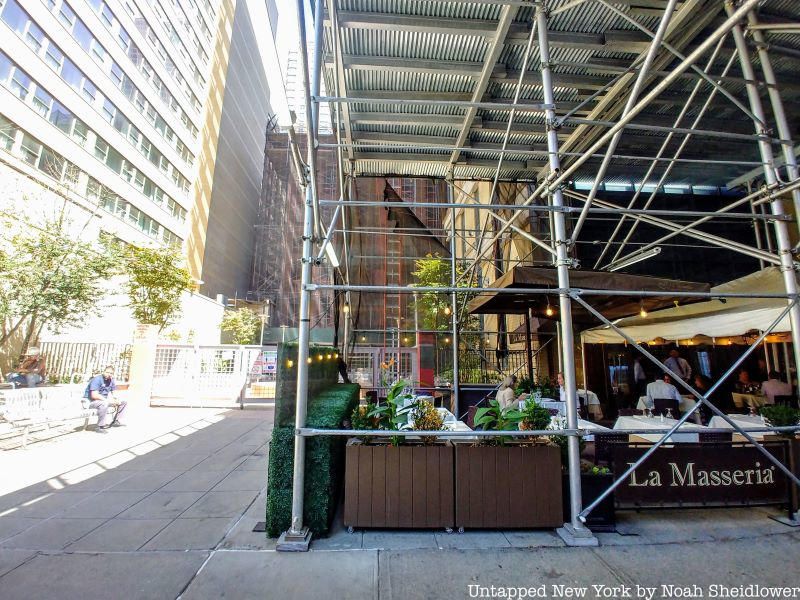
Dramatic Workshop was a drama and acting school associated with the New School for Socal Research, which later became The New School. German expatriate Erwin Piscator founded the school in 1940 with just about two dozen students. At what was then Studio Theatre, the school put on semi-professional theatrical stagings. Just a few years after opening, the school went on tour with summer productions at sites including Lake Placid. The theater school even became one of the largest theater programs in the nation after the G.I. Bill was passed, meaning many veterans took up theater following World War II. The Workshop ultimately separated from The New School in 1949, and two years later Piscator moved to West Germany, leaving his wife in control of the school.
Faculty at Dramatic Workshop included none other than Stella Adler and Lee Strasberg, both pioneers in acting education. Students included Marlon Brando, Robert De Niro, Tennessee Williams, and Tony Curtis, among many other legendary actors and actresses. Faculty taught students a mix of acting approaches, from Stanislawski’s method acting to Piscator’s objective acting. The school also paved the way for the growth of Off-Broadway, with many alumni going on to direct and act in successful Off-Broadway productions.

Notre Dame College was a private Catholic women’s college on Staten Island, which opened in 1933. The school began as an affiliate of Fordham University before merging with St. John’s University. The college started with just 13 students and had its first graduating class in 1935. The college was located at the former estate of Herbert Gans, whose family operated a steamship company. Gans and his wife befriended Mother Saint Egbert, who was named director of a Fordham University extension at the Notre Dame Academy nearby.
After the college received a charter, the Gans sold their mansion, and buildings nearby were slowly added over the years. The Gans sold their full estate in 1955, doubling the size of the campus, including what would become Spellman Library. The college continued growing its campus with the 1965 purchase of an English Tudor home, though it struggled in the 1960s to survive. It merged with St. John’s in 1971 to become the university’s Staten Island campus.

The American Institute of Applied Music was a music school in New York City that has been mostly forgotten. Created in 1900, the Institute resulted from a merger of four music schools: The Metropolitan Conservatory of Music, The Synthetic Piano School, The Metropolitan College of Music, and The American Institute of Normal Methods. Each year, about 350 students attended the institute, which was located at 212 West 59th Street. The school utilized the pedagogical method for teaching talented musicians and was a top spot for students looking to go into music education; by 1920, over 1,000 students had received teaching certificates from the institute.
Kate Sara Chittenden, who originated the synthetic piano method of instruction, was the founding dean of the institute from 1900 until 1932. She also served as head of the piano department during that time. A number of successful musicians were alumni, including violinist Irene Stolofsky and tenor Alfred Piccaver. Faculty included composer William Mason, organist Dudley Buck, and conductor Paul Ambrose.
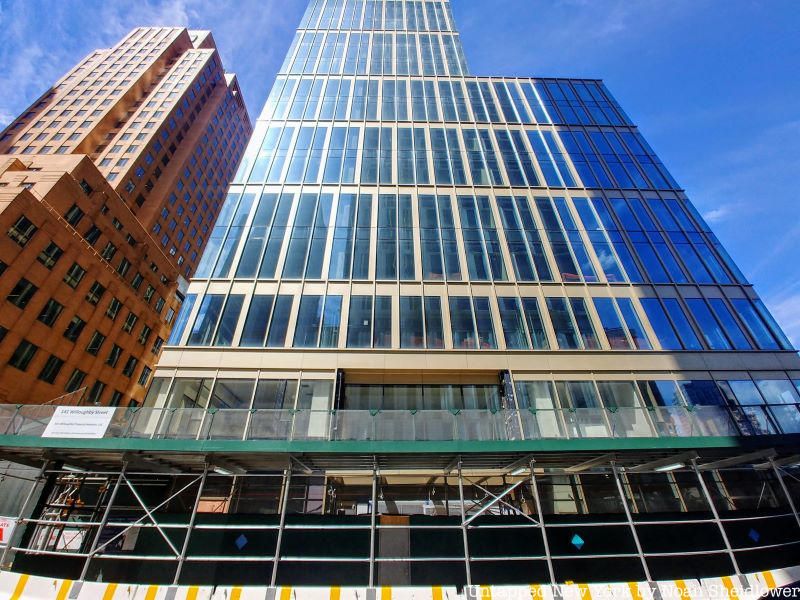
The Institute of Design and Construction (IDC) was a nonprofit technical college in Brooklyn that offered degrees in subjects such as Building Construction Technology and Architectural Design Technology. Vito P. Battista, an architect who served in the New York State Assembly., opened the school. The institute gave students real-world exposure to the building construction industry, especially to students from underprivileged backgrounds. The school trained over 30,000 students as architects, engineers, and draftsmen before closing in 2015.
Just 100 students who chose from 11 subjects enrolled when the school opened in 1947. The school moved from 26 Court Street to 311 Bridge Street in 1955, with 450 students and 58 subjects. In 1968, the Institute purchased the American Law Book building at 141 Willoughby Street, and it kept operations there until it closed after declining student enrollment and accreditation concerns.

The Jewish Institute of Religion was a higher learning institution opened in 1922 by Rabbi Stephen S. Wise. He was a Reform rabbi and Zionist leader who was also a founding member of the NAACP. The school trained rabbis “for the Jewish ministry, research, and community service” while stressing Reform education.
Wise had earlier established the Free Synagogue in 1907 at 30 West 68th Street, where the JIR was located. Wise remained president until 1948. In contrast to the competing Hebrew Union College, the JIR included Zionism as part of its curriculum and trained rabbis to potentially open other Free Synagogues. Eventually, the JIR merged with Hebrew Union College in 1950 after negotiations with its president Nelson Glueck.
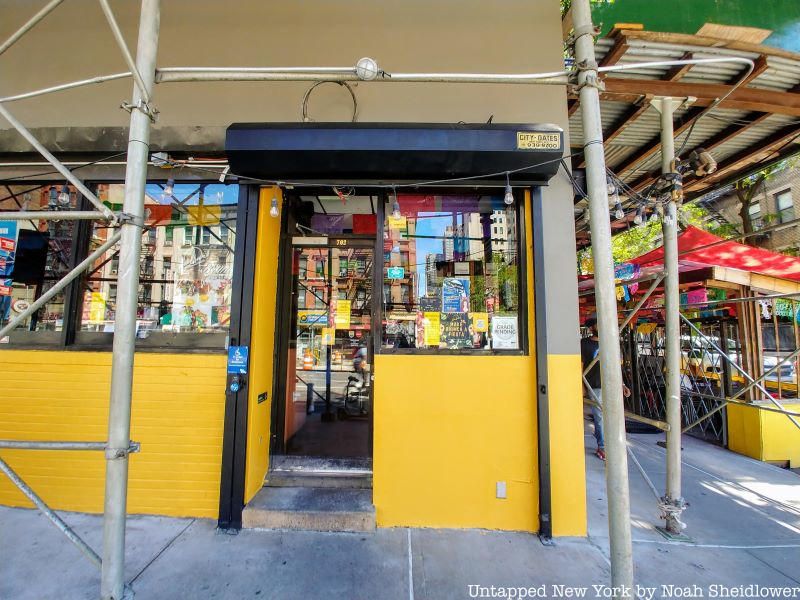
The National Shakespeare Conservatory was an acting school near Hell’s Kitchen that offered two-year certificate programs and summer training. The conservatory was an offshoot of the National Shakespeare Company and began in 1974 at Woodstock’s Byrdcliffe Theatre. The Conservatory expanded to New York City in 1977 on West 51 Street near 9th Avenue. It was founded by Philip Meister, Albert Schoemann, and Mario Siletti, and it broke from the National Shakespeare Company in 1982 before moving to lower Broadway.
The Conservatory emphasized classical plays alongside contemporary acting techniques. Courses ranged from scene study to improvisation to Shakespeare, and second-year students were required to put on a one-person show and an Off-Off-Broadway showcase. Teachers at the Conservatory would go on to teach at the Stella Adler Studio of Acting. Ultimately, the school closed in 1998 after being terminated from participating in the federal student financial assistance program.
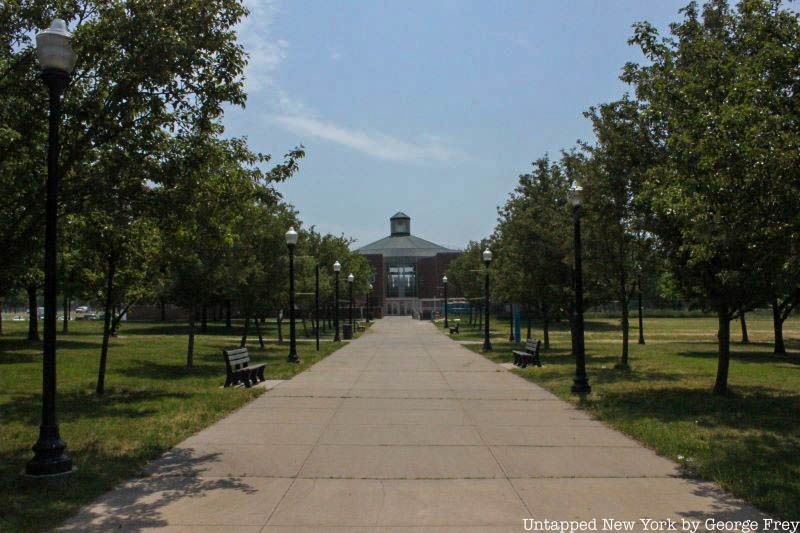
Prior to the creation of The College of Staten Island (CSI), Richmond College and Staten Island Community College operated separately. Staten Island Community College (SICC) was founded in 1956 with a freshman class of 113 students and just 14 faculty members across four fields: liberal arts, electrical technology, mechanical technology, and engineering. The college operated at its Sunnyside campus on Todt Hill, at one point drawing in thousands of students per year to get two-year degrees. Though, there were few opportunities for local students to get four-year degrees.
Richmond College was founded in 1965 as a “senior college,” the third in the country. The St. George college only offered classes to juniors and seniors, stressing interdisciplinary work, including a class covering many aspects of The Renaissance. The school also employed a pass-fail grading system inspiring colleges like Yale. The school offered rare programs (at the time) including urban studies and computer science. Richmond struggled throughout the 1970s while SICC thrived financially, and in 1976, the two schools merged to become CSI.

TCI College of Technology, or Technical Career Institutes, was a for-profit college offering associate degrees and certificates in fields including engineering, business, and education. Nearly 200 faculty taught TCI’s students at the college’s peak. The school opened in 1909 as the Marconi Institute by Guglielmo Marconi, a man widely credited as the inventor of the radio. The school changed its name in 1919 to the RCA Institutes while David Sarnoff of the Radio Corporation of America was its leader. In 1974, it became TCI.
Alumni included Ronny Lee, a guitarist who worked with The Beatles, and contemporary Iranian artist Iran Darroudi. The school had a successful stretch after the closure of RCA Institutes, though by 2010, its graduation rates dropped to just 24 percent with high loan default rates. The college was a major institution for income mobility, though it closed in 2017 after facing economic hardship.
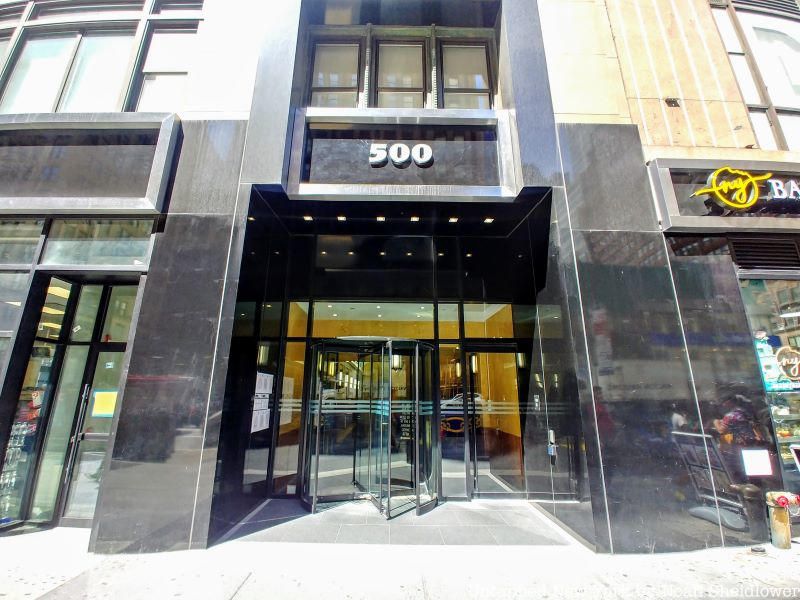
Globe Institute of Technology was a private for-profit college located at 500 7th Avenue. The Institute offered four-year, two-year, and certificate programs for business and information technology. The school, whose motto was “The College For You,” opened in 1985 and was accredited by the New York State Board of Regents. The school shuttered in 2016, though its 30-year history involved many athletic events for the school’s Knights, with some athletes going on to professional careers.
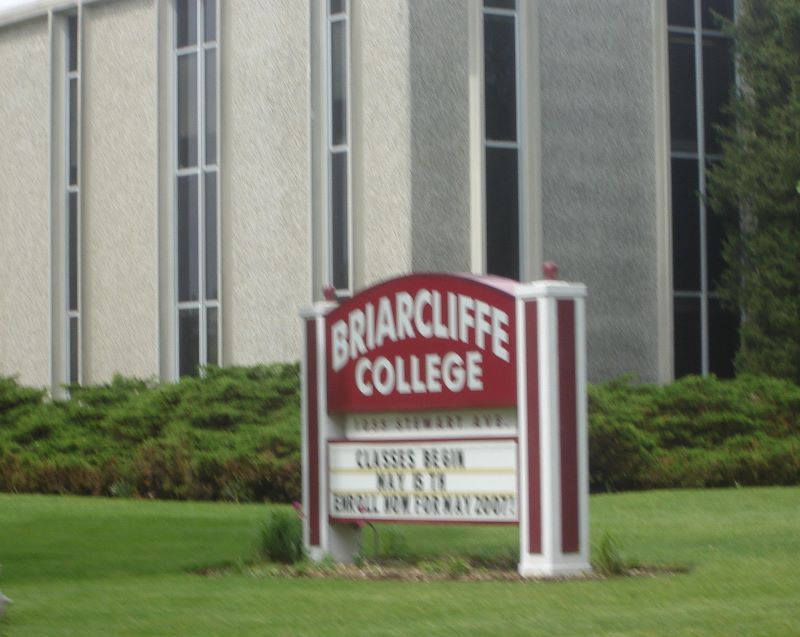
Briarcliffe College was a private for-profit college on Long Island with campuses in Bethpage and Patchogue. The college was founded in 1966 in Hicksville as a one-year business school, Another campus opened in Mineola in 1969 before moving to Lynbrook 14 years later. In 1979, Briarcliff was eligible to offer two-year associate degrees in occupational studies. Briarcliff was predominantly female, though the school became fully coeducational after purchasing the predominantly male Grumman Data Systems Institute, which was located in Woodbury.
In 1994, the college purchased a quarter-million square foot facility in Bethpage, which attracted students from the Lynbrook and Woodbury campuses. Briarcliff College was only allowed to call itself “College” in 1996, after which it granted four-year degrees. The college suffered financial challenges in the early 2010s after over-inflating job placement rates, and it officially closed in 2018.

Dowling College was a private college on Long Island with a similar story to Briarcliff College. Dowling opened in 1968 in Oakdale on the site of William K. Vanderbilt’s Idle Hour estate. Idle Hour was a Gilded Age mansion built in 1882, later serving as a temporary residence of gangster Dutch Schultz and a short-lived artists’ colony. Adelphi College, the first in Suffolk County to offer four-year degrees, purchased the Vanderbilt estate in 1963 and launched the college, naming it after city planner Robert W. Dowling.
The Oakdale campus, also called the Rudolph Campus, was located along the Connetquot River. The mansion housed the administration and the Kramer Science Center. A fire damaged the mansion in 1974, destroying three rooms; the mansion was renamed Fortunoff Hall after Alan Fortunoff, who guided the restoration. Under President Dr. Victor P. Meskill, the college expanded to Brookhaven and Melville, though he was forced to step down after Dowling’s debt grew substantially. Despite the help of Stony Brook University, the college announced it would close in 2016 after additional financial struggles.
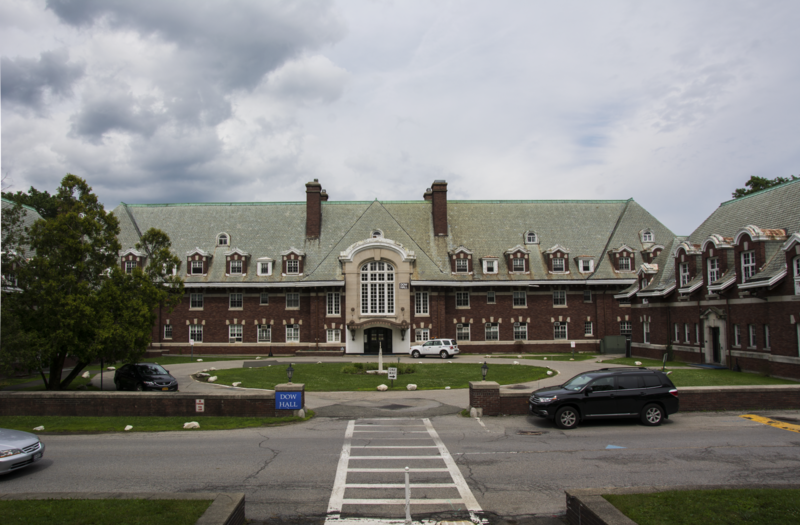
Briarcliff College in Briarcliff Manor, separate from Briarcliff College on Long Island, was a women’s college founded as Mrs. Dow’s School for Girls in 1903. The school, located at the Briarcliff Lodge, had a two-year postgraduate course before adopting the junior college model in 1933, which it offered until 1957 when it switched to a four-year model. Early on, the school was known for art and art history classes, as well as courses in ear training, elementary harmony, and domestic sciences. The school was also one of the only ones to offer training in cartography.
Throughout the 1960s, the school rapidly expanded with the addition of at least five buildings. The school operated the Center for Hudson Valley Archaeology, and by 1967, enrollment surpassed 600 students. Students were active in Vietnam War protests on-campus as well, leading sit-down strikes. Once the 1970s hit, the school struggled to remain open, so it was sold to Pace University in 1977. Now, the original Mrs. Dow’s School building serves as the residence hall Dow Hall at Pace University. Alumni included Malcolm X‘s daughter Attallah Shabazz, as well as famous teacher-painter Frank DuMond.

Marymount College in Tarrytown was a women’s college that eventually became part of Fordham University. The school was open for exactly 100 years, from 1907 to 2007. Johanna Butler, who was born in Ireland, founded the college after her cousin James donated land near Tarrytown. The Religious of the Sacred Heart of Mary originally created the school as a girls’ boarding school, though by 1918, it offered two-year degrees, followed by four-year degrees in 1924. Marymount College was also the first women’s college in the nation to offer study abroad opportunities.
The school survived the coeducation movement of the 1970s, though, by 2000, the college agreed to consolidate into Fordham. Five years later, Fordham made the decision to shut the school, which went into effect two years later. The campus was later sold to EF Education, prompting backlash from former faculty and alumni who viewed Fordham’s decision as a real estate grab.
Next, check out The Top 10 Oldest NYC Schools and Universities Still Operating Today!
Subscribe to our newsletter